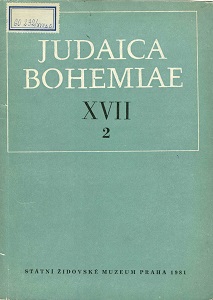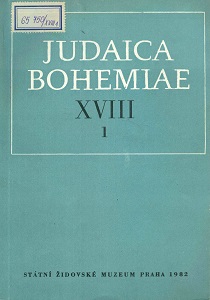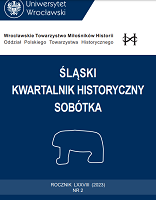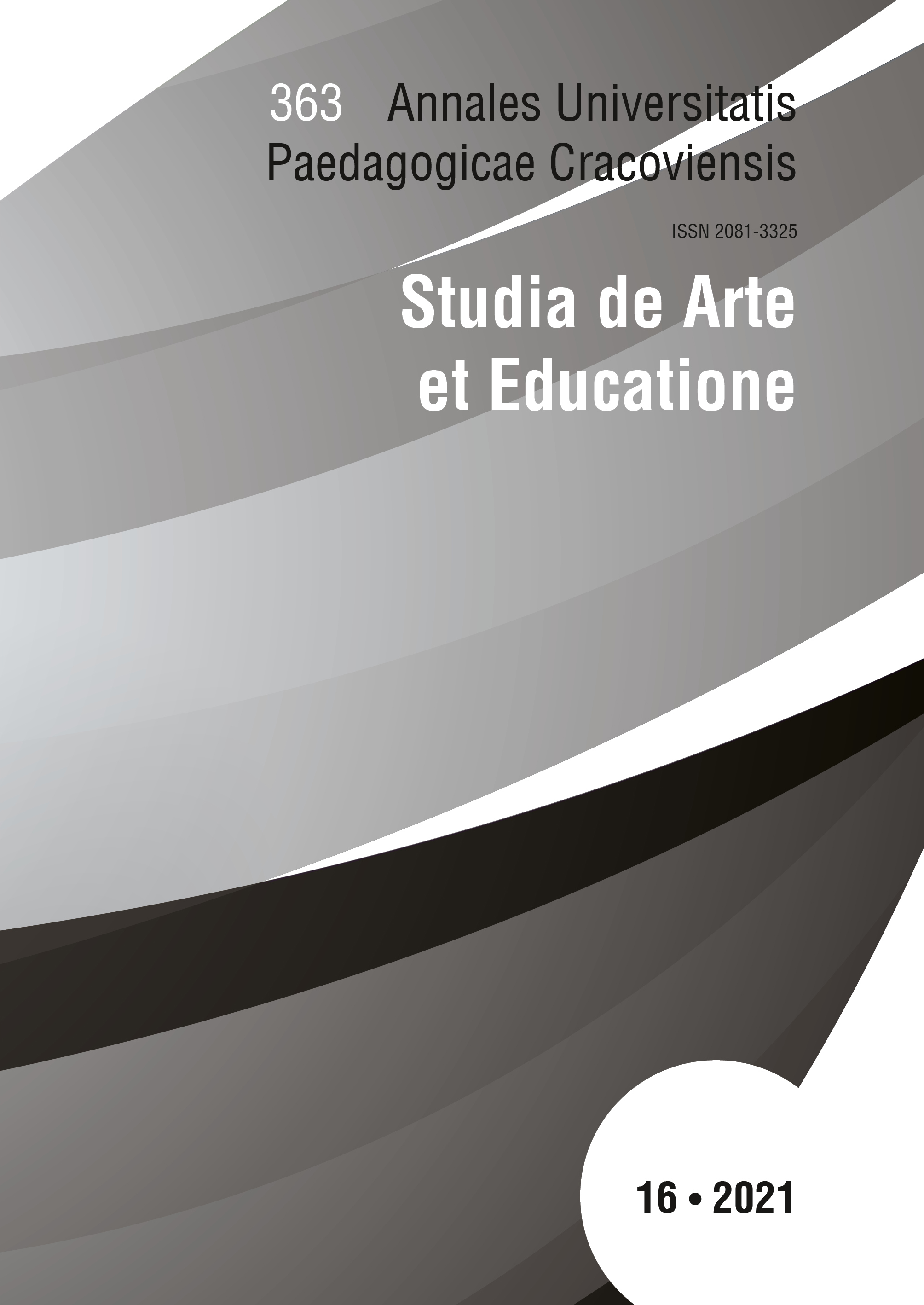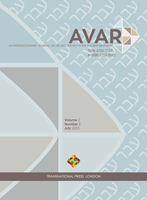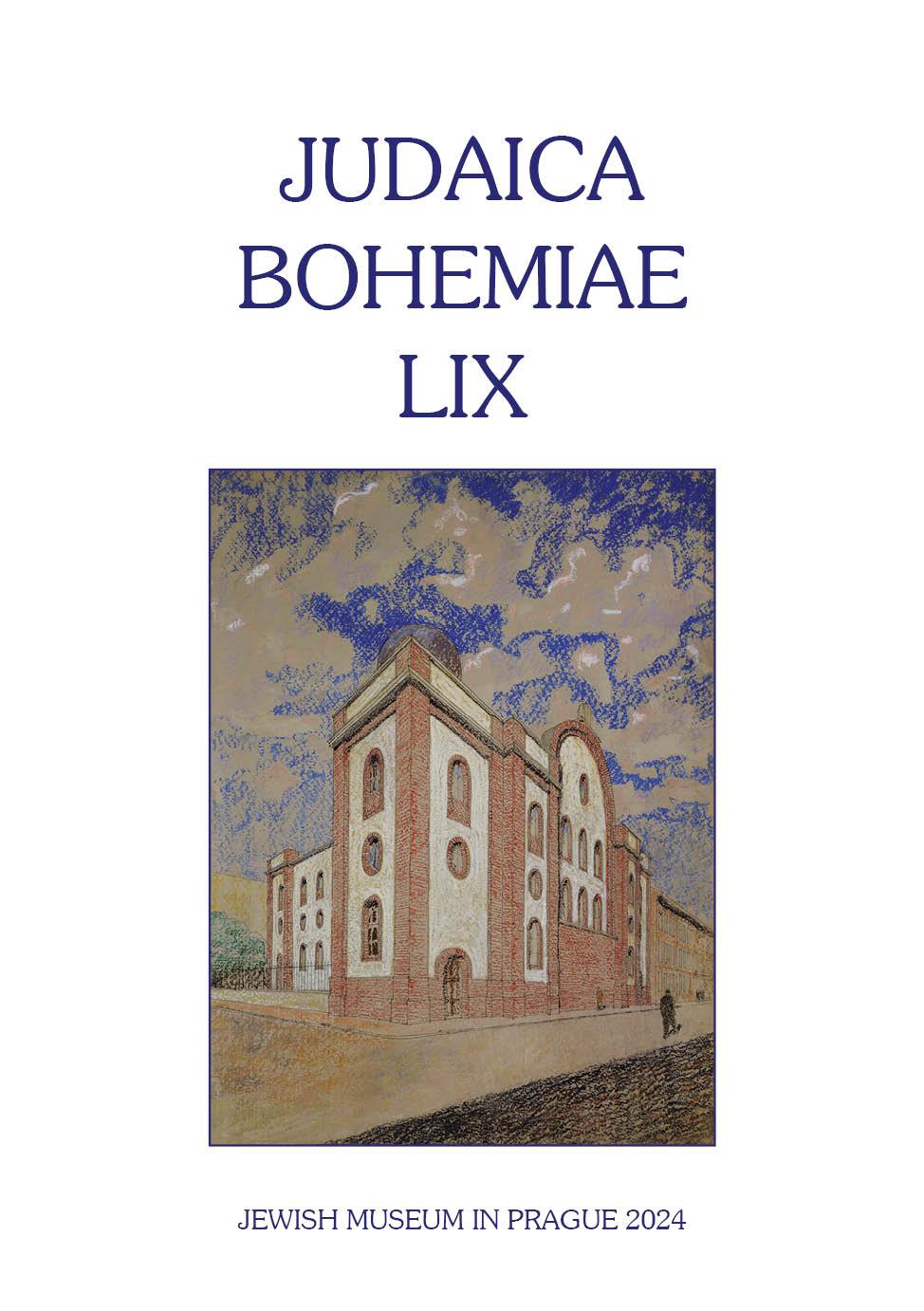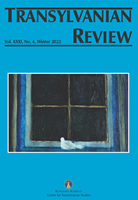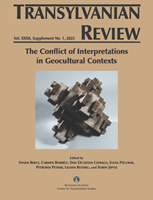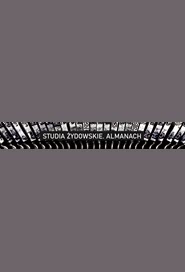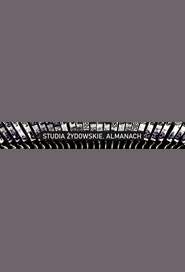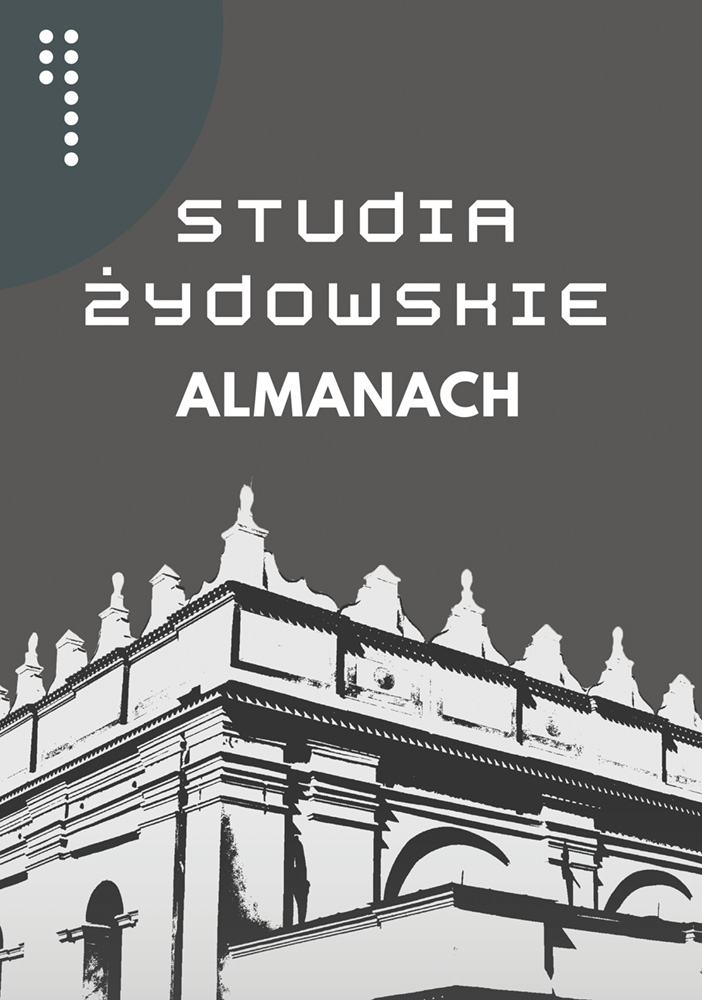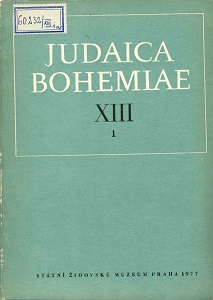
Peter Beer (1758-1838) - penseur éclaire de la Vieille ville juive de Prag
The paper is devoted to the Prague Jewish scholar of the Enlightenment period, Peter Beer (1758-1838), who was one of the representatives of the radical wing of the Prague Haskalah. The introductory part of the paper quoting his autobiography surveys Beer’s life and work. Attention is also paid to his relation to Moshe ben Maimon’s works and his interpretation of Maimonides’ philosophy, then there is a passage dealing with Beer’s conception of “pure Mosaism“ and his interpretation of Judaism from the position of Enlightenment, and finally there is a survey of sources drawn on by Peter Beer.
More...
